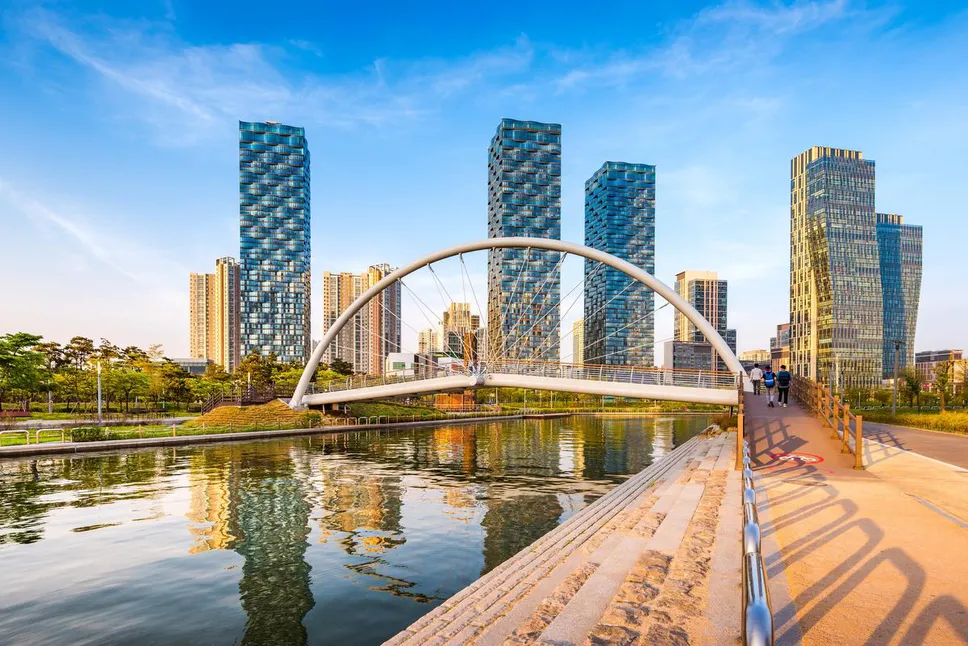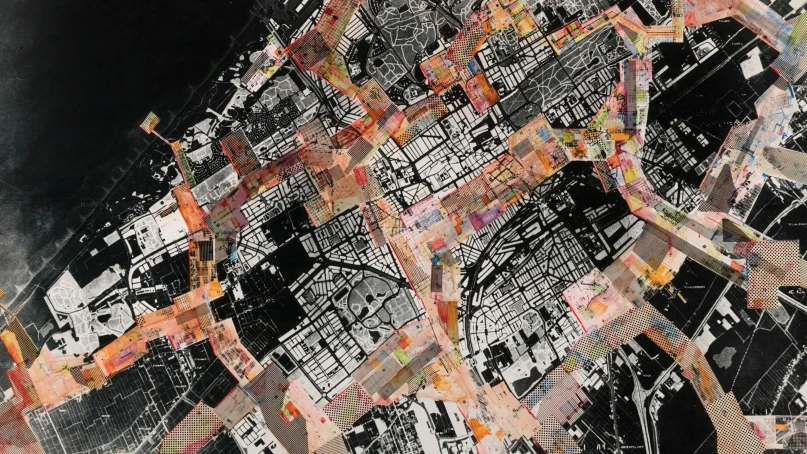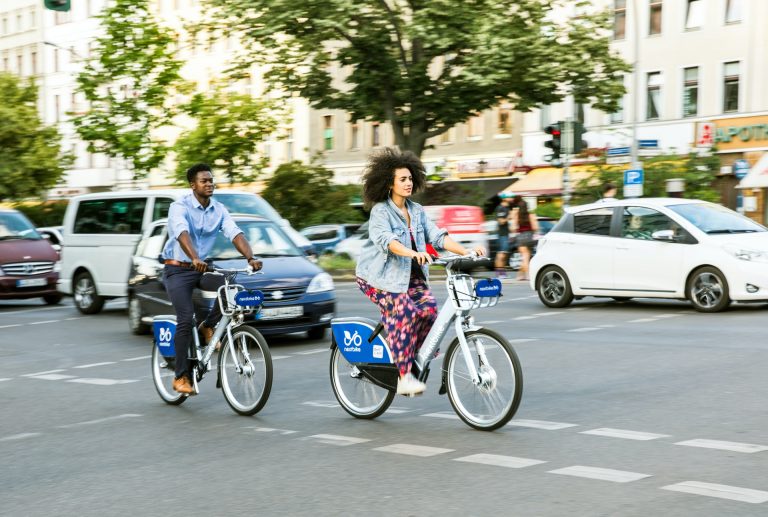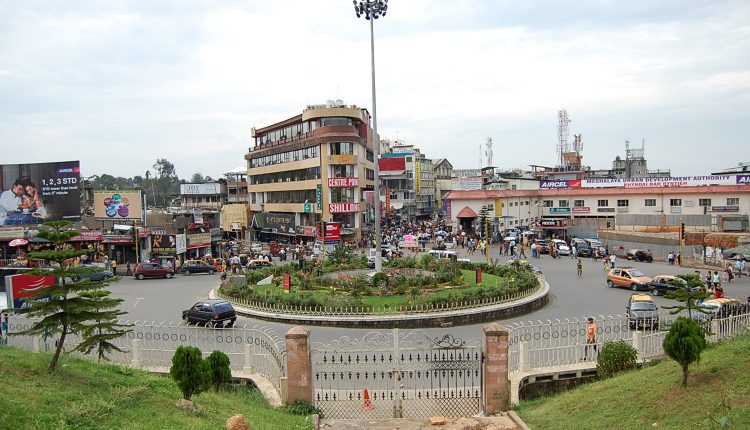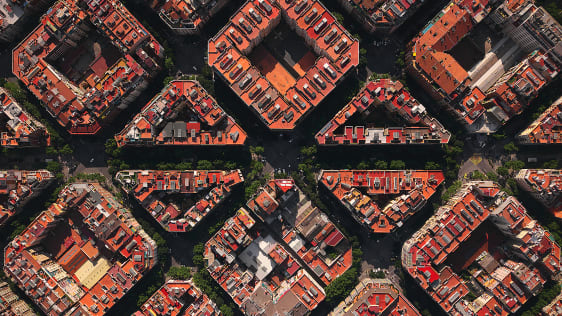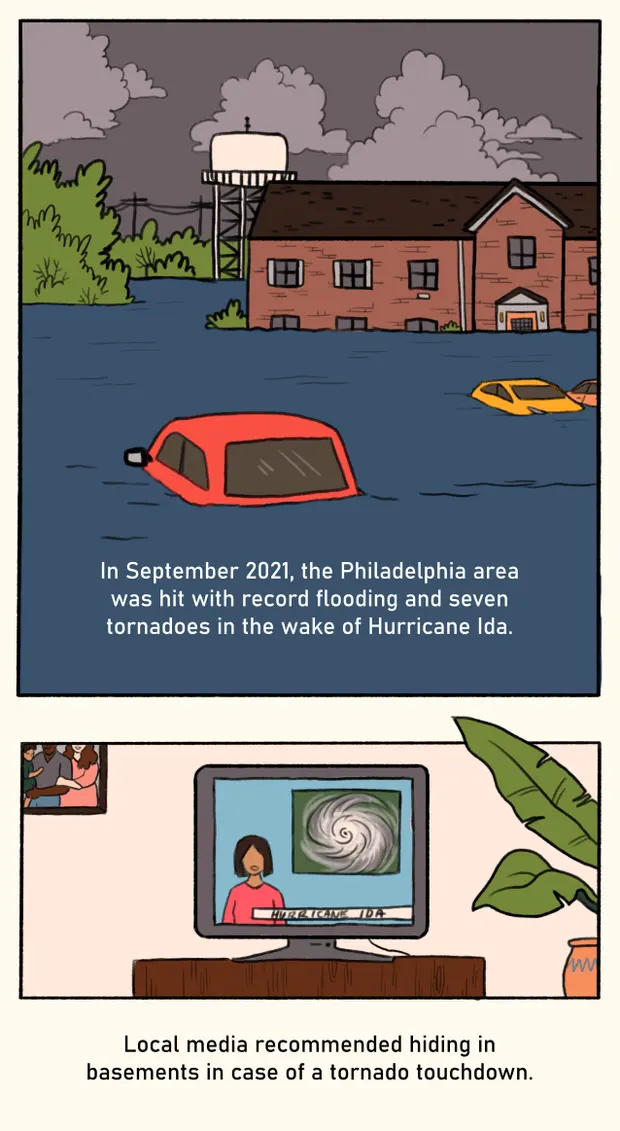
Around the globe, the weight of climate change has become impossible to ignore. Greenhouse gases and myriad additional human-based pollutants have helped exacerbate the damage caused by climate change, and no industry or population has been left unaffected. As a result of climate change, the Earth’s temperatures are rising, weather patterns are increasingly erratic, and crop yields are on the decline.
Urban dwellers are especially susceptible in terms of experiencing the negative effects of climate change firsthand. The world’s cities are home to more than half of the total global population, who consume resources and produce waste at alarming rates. In Europe, nearly 75% of residents call urban areas home, a number that’s expected to steadily increase into the foreseeable future.
The rise of urban populations is troubling from an environmental standpoint, as more residents equate a greater strain on local resources and the natural world overall. As such, various measures have been taken to alleviate some of the climate weight of cities, in Europe and around the world. Alongside such forward-thinking measures as sustainable transportation and green building, city planners, policymakers, and residents alike are turning to urban gardening to help incorporate the natural world into cities.
+INFO: EuroScientist




